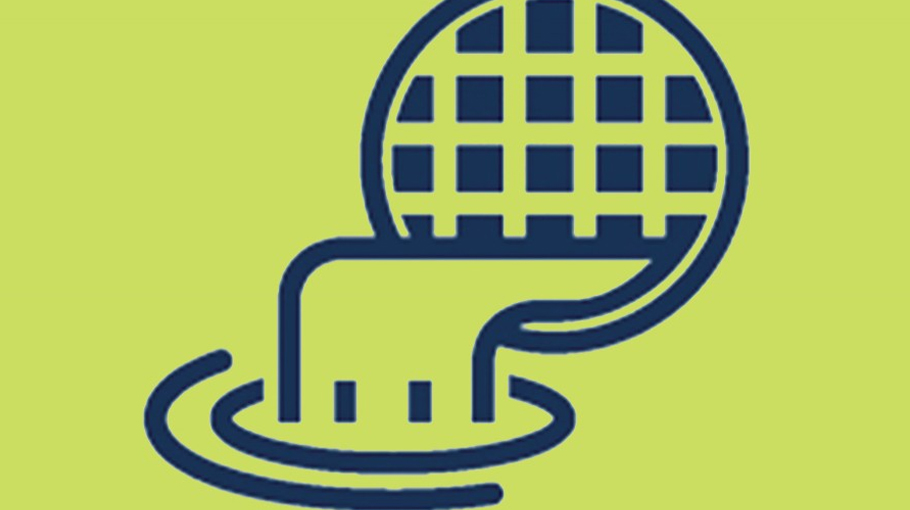Advanced tech to upgrade Dhaka sewerage network
No formal sewer network in over 80pc of Dhaka

More than 80 percent of the city is not covered by any formal piped sewer network, although many areas are served by local combined sewers that discharge untreated sewage to local drains and storm water canals, according to WASA reports.
The report says that the city consists of just 930 km of sewer network in terms of infrastructure and 88,803 sewer connections, compared to 3,036 km of water network and 3,71,767 water connections.
Within the city, there are 27 sewage lift/pump stations and one central pumping station at Narinda. In terms of coverage, the existing sewer network is concentrated mainly in the Southern part (old town and the central areas) of the city; in the Pagla catchment.
Experts believe that Dhaka’s sewer system is old and inadequate to serve the large population. Often untreated domestic sewage and industrial effluent are illegally discharged into rivers and canals causing pollution and flooding.
Due to damaged and clogged sewer collection and transmission network, the existing sewer treatment plant can only treat about 30-40 million litre per day, which is below discharge standard set by the Department of Environment (DoE).
Earlier this year, in an interview with Bangladesh Post, Local Government, Rural Development, and Cooperatives (LGRD) Minister Tajul Islam had mentioned that the country is now almost 50 years old, but does not have a complete sewerage system.
“We did not have a proper (sewerage) system since independence. However, initiatives have been taken to start planning of five sewerage systems in Dhaka city. One is under construction while the other four are in the process,” he said.
Most of the northern part of the city, where there is rapid population growth, has no formal sewer network. In order to develop the system, WASA had prepared a Sewerage Master Plan in 2013 with the financial support of the World Bank.
The master planning entertained a number of recommendations for the improvement of sewerage services of the city. Accordingly, the project has been developed as the Dhaka Sanitation Improvement Project (DSIP). The project is scheduled to be completed by the year 2025.
The government signed an agreement with the World Bank and Asian Infrastructure Investment Bank (AIIB) to finance the implementation of DSIP priority works in the Pagla catchment.
According to reports by the World Bank, they approved $170 million to improve sanitation services in Dhaka city benefiting around 1.5 million people in March last year.
Arif Ahamed, World Bank Team Leader for the Dhaka Sanitation Improvement Project said, “By reducing the volume of untreated wastewater and faecal sludge into drainage canals and water bodies, the project will decrease the risk of inland floods and thus lessen the risks of water contamination.”
As per the World Bank, the project will receive a scale-up facility credit from the World Bank’s International Development Association (IDA), with a 34-year term, including a four-year grace period.
Besides the $170 million financing from the Asian Infrastructure Investment Bank (AIIB), the project will also receive $143 million financing from Bangladesh government.
According to WASA reports by Rafiqul Islam, Project Director (PD) of the DSIP, the project comprises a number of components. WASA has decided to engage experienced consultants for implementing the project.
Components of the project mainly focus on: Institutional support for sanitation service delivery; sewerage and wastewater treatment; alternative sanitation; project implementation and management support.
However, experts believe that the 20 percent of the city that is claimed to be under a system is still an optimistic figure. In reality, it may even be significantly less.
Professor Iqbal Habib told Bangladesh Post that adapting such plans by WASA and carving up a budget from the government is nothing more than a hoax.
“It is shameful that most of the city has no official sewerage network. Earlier, 10 year projects were launched but not implemented effectively. They use old ideas and plans that are not efficient for the current demographics of Dhaka,” he said.
He added that ideas from the 70s or 80s are used. The geographical plan is not the same anymore due to increased population pressure, however factors like this are not considered.
Other experts believe that, because an official system does not exist, it heavily contributes to the pollution in the city lanes and neighborhoods overall. Smelly environments or overflowing manholes during water logging are a few examples.
Lack of planned channels significantly pollutes the nearby water bodies. A polluted water body leads to low standard of living and makes a potential path of transportation unusable.
When this correspondent contacted Rafiqul Islam, PD of the DSIP to get an update regarding the project’s current progress, he refused to talk and comment on the matter.




